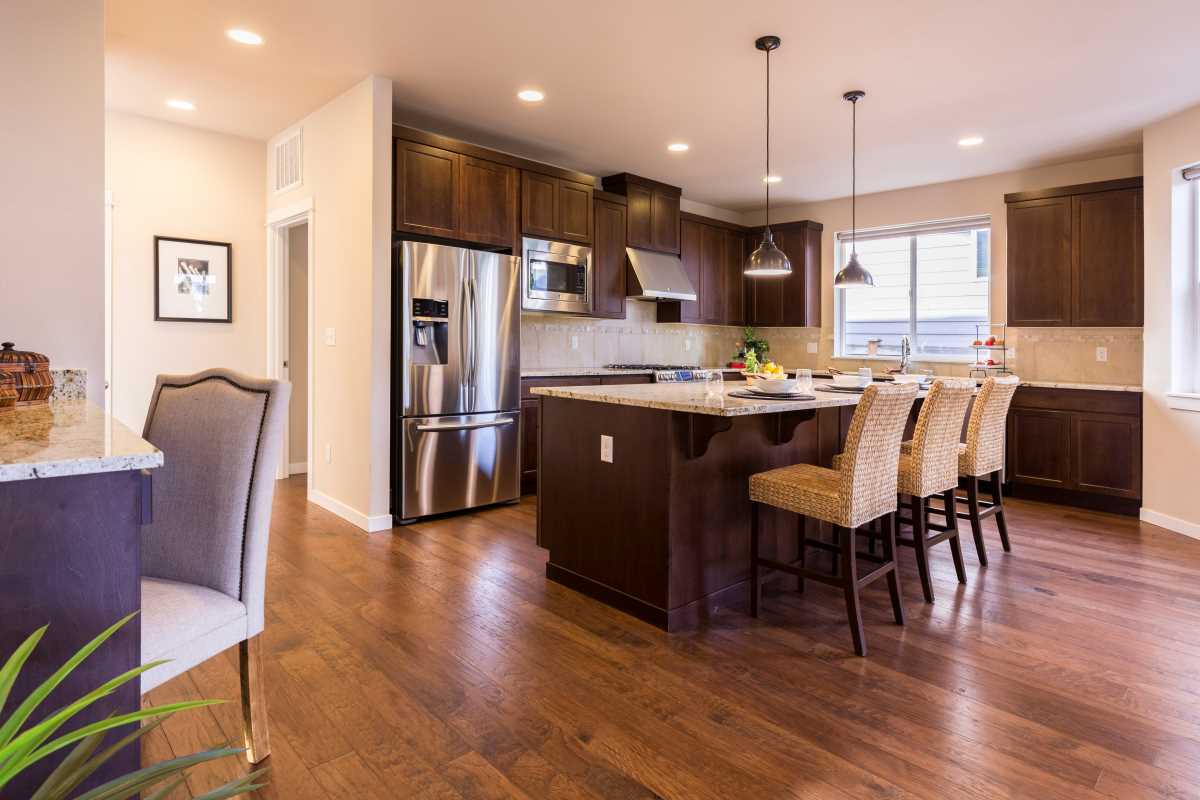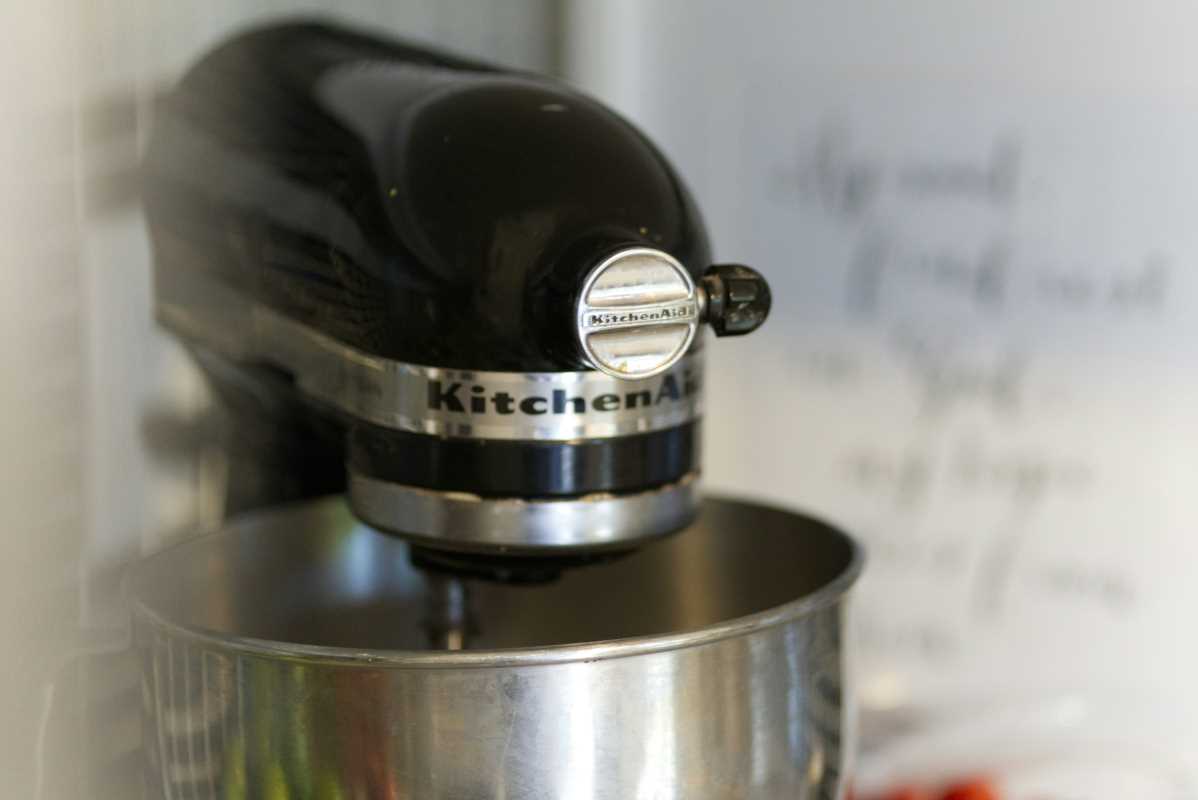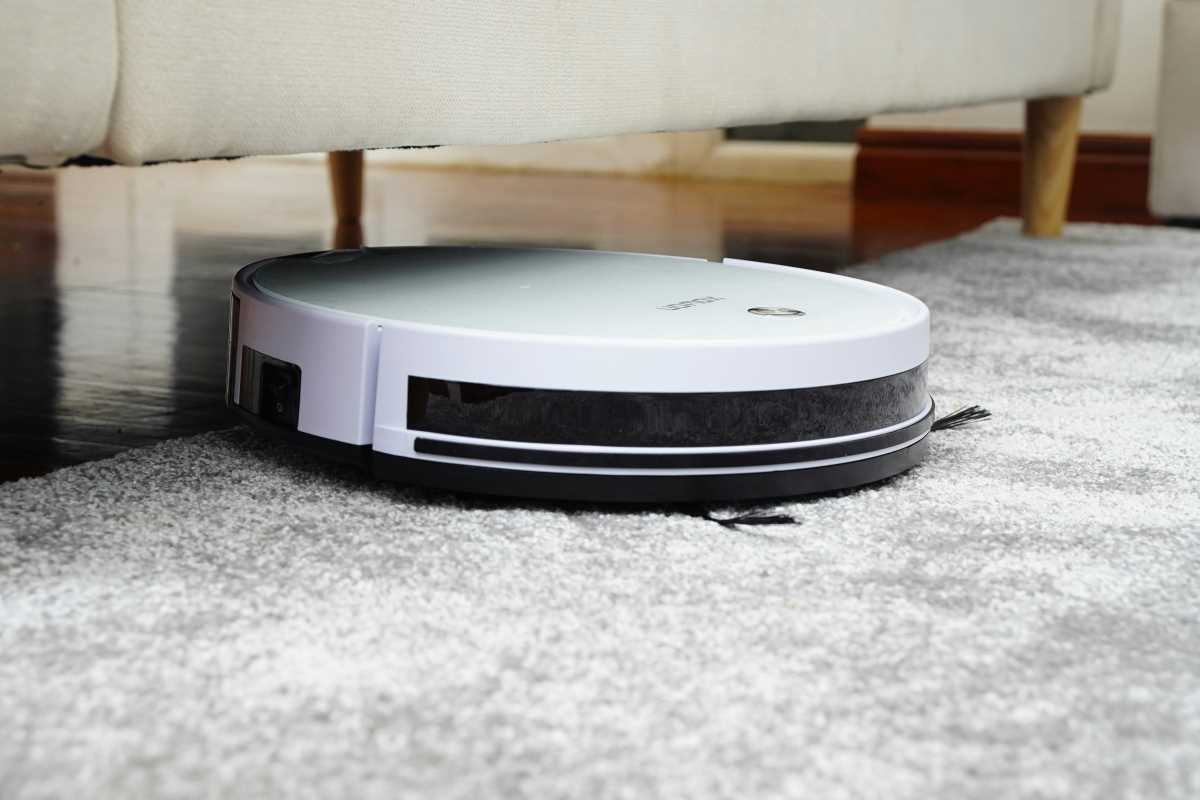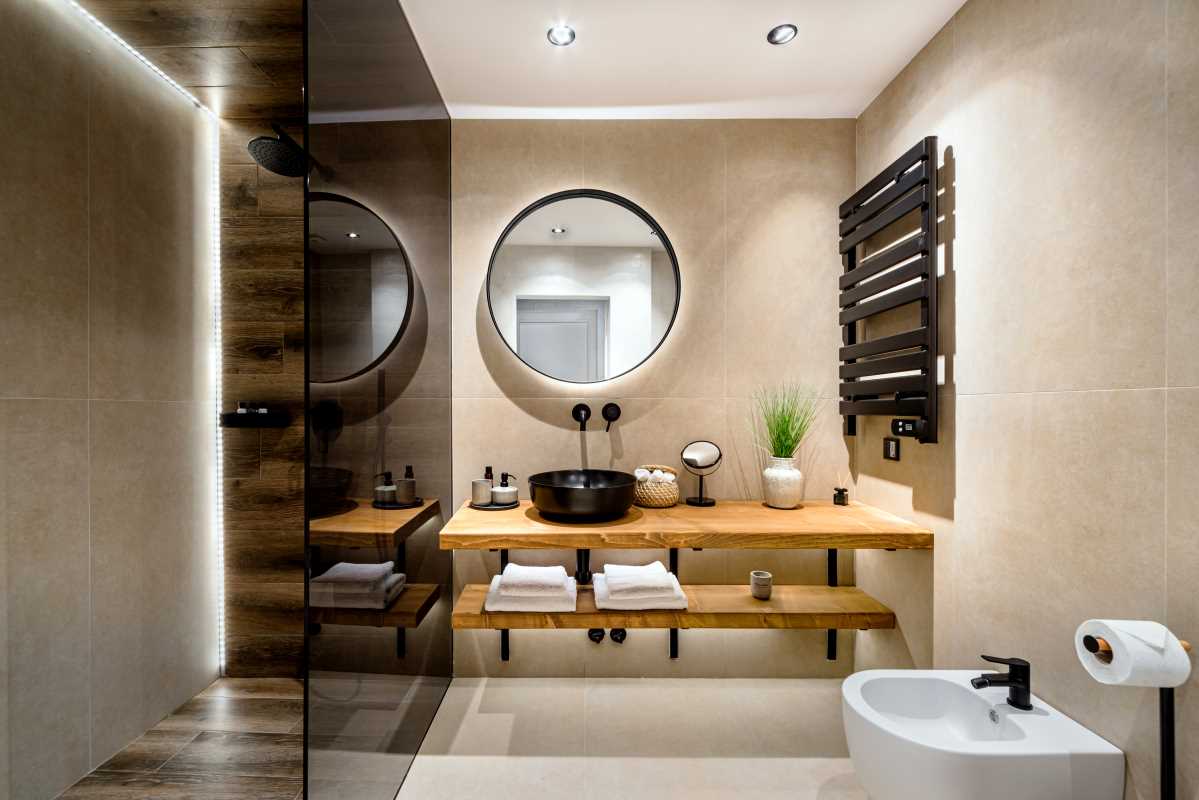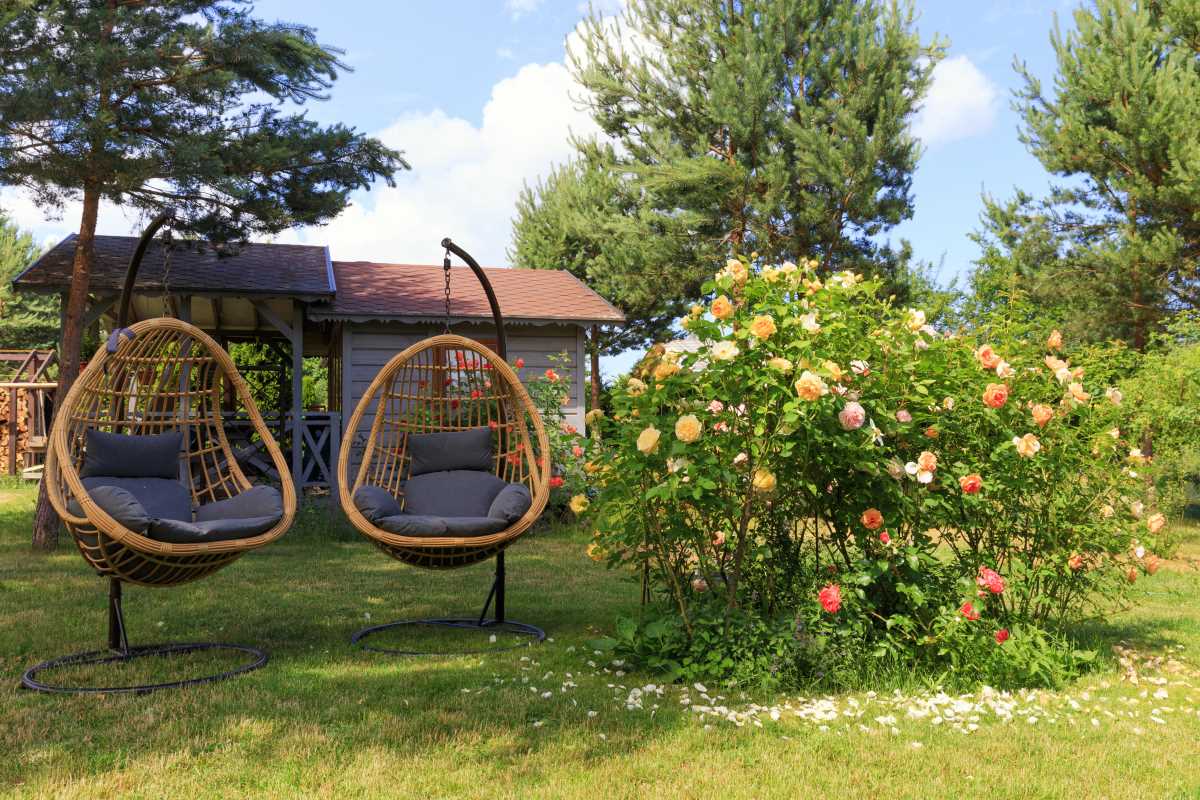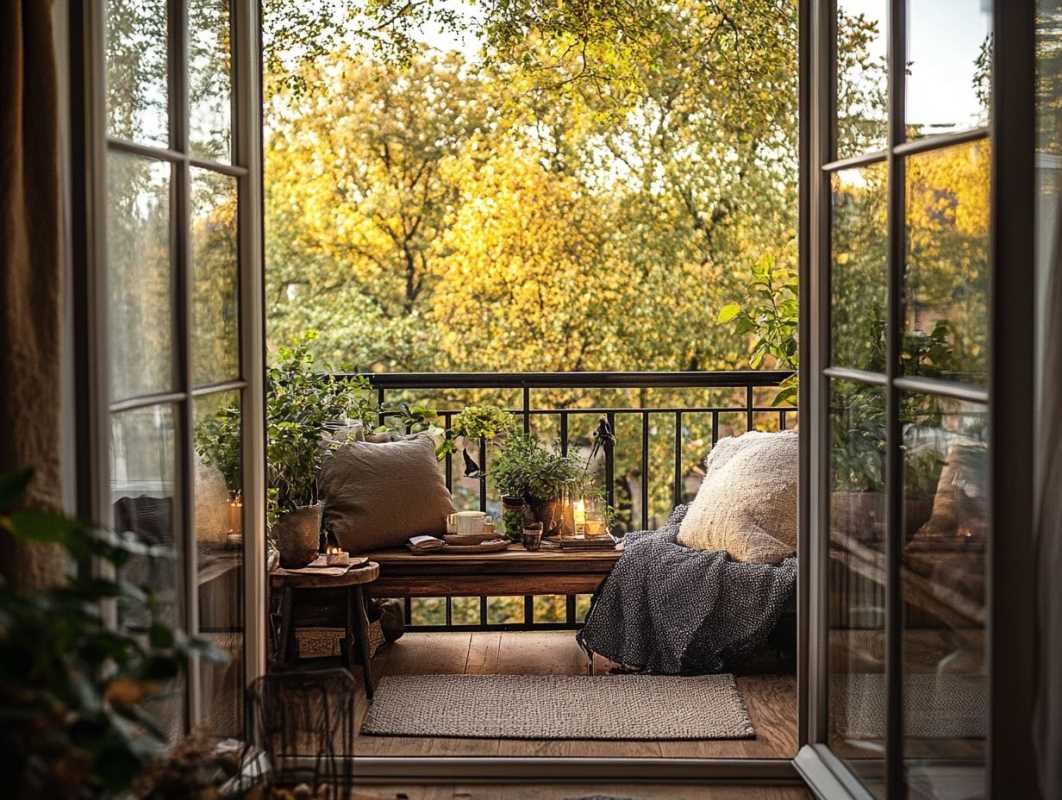Coffee tables are more than just functional additions to your living room. They bring the room together, define your personal style, and often act as a centerpiece where life happens. They’re where we rest our coffee mugs, stack our favorite books, or place a bowl of popcorn on movie night. But when your space is limited, selecting a coffee table that doesn’t overwhelm your layout becomes a unique challenge. Getting it right can mean the difference between a space that feels inviting and one that feels cramped. This detailed guide will equip you with the know-how to choose and style the ideal coffee table designed specifically for small living rooms, while still maximizing both style and practicality. Whether you seek a minimalist accent or a versatile, multi-functional centerpiece, you’ll find answers and inspiration here.
Why the Right Coffee Table Is Crucial for Small Spaces
When space is at a premium, every piece of furniture plays a critical role in both styling and practicality. Consider this for a moment: a coffee table that’s too large could overcrowd your space, making it difficult to move around comfortably. On the other hand, an overly small table might fail to meet your daily needs or look out of proportion with your seating.
A thoughtfully chosen coffee table can create balance, act as a functional hub, and enhance the flow of the room. Great coffee tables for small spaces offer clever storage, thoughtful proportions, and designs that complement the layout rather than compete with it.
And, as they say, the devil is in the details. Even the material and shape of the coffee table can impact how spacious a room feels.
A Quick Real-Life Example
Imagine a small apartment living room with a light gray sofa. The first option is a bulky dark wood coffee table. Though beautiful, its heavy tone and size instantly shrink the space. Now, replace it with a round glass coffee table. The room opens up, feels brighter, and its layout flows better. This simple change completely transforms the overall perception of space.
The right coffee table, in short, doesn’t just add to your living room—it elevates it.
Key Considerations When Buying a Coffee Table for Small Living Rooms
1. Size and Proportion Are Everything
The number one rule for small living rooms is to choose a coffee table that feels proportional to the room and its furniture. The standard guideline is to select a coffee table that’s about two-thirds the length of your sofa. This maintains visual harmony between the two main furniture pieces.
Height matters too. Ideally, your coffee table should be the same height as your sofa cushions or just an inch or two lower. This ensures comfort when reaching for items on the table while sitting. Avoid tables much taller than your seating as they feel imposing.
Pro Tip for Tight Spaces:
If you’re tempted to go with a table too small to save space, balance it with an engaging rug or create groupings using small stools or side tables as accents.
2. The Impact of Shape
The right shape is just as important as size. The shape of your coffee table can influence how the space feels and functions.
- Oval and Round Tables
- Perfect for tight spaces or rooms with a lot of foot traffic, round coffee tables minimize the risk of bumping into sharp edges. Their soft curves lend a welcoming touch to the room.
- For example, the CB2 Smart Round Coffee Table offers a compact width and a glass top that merges functionality with elegance. Plus, it’s kid-friendly, as there are no hard corners.
- Rectangular Tables
- For rooms with linear seating arrangements, a rectangular table offers effortless alignment. Pair it with a slim sofa or create a long living room workspace. A perennial favorite is the West Elm Mid-Century Pop-Up Table, which not only fits snugly in tighter layouts but includes hidden storage and a lift-top design for added functionality.
- Square Tables
- These look fantastic in square-shaped rooms or when paired with sectionals. A square table can help anchor your sofa arrangement, adding symmetry to the layout. Look for smaller sizes to avoid overcrowding.
- Nesting Tables
- Ideal for flexible layouts, nesting tables allow you to expand surface area when needed. Opt for pieces like the Pottery Barn Jake Nesting Tables, which combine a mix of materials for a sleek look.
Shape Tip:
Pair the shape of your coffee table with your seating arrangement. Round tables soften rigid edges for a cozy vibe, while rectangular options work for conventional setups.
3. Invest in Multi-Functional Designs
Why settle for a single-use coffee table when it can do more? The best pieces for small living rooms multitask while looking sleek.
- Lift-Top Coffee Tables
- These are a game-changer for small spaces. A lift-top design can act as a dining table, work desk, or even extra storage. The Wayfair Foundstone Lift-Top Table exemplifies this functionality, elevating versatility without breaking the bank.
- Storage-Centric Coffee Tables
- Hidden compartments or drawers keep clutter out of sight but close at hand. If you often use your living room as a home office or entertainment center, consider storage tables like the IKEA Hemnes Coffee Table with its classic lines and understated utility.
- Converting Coffee Tables
- Some coffee tables morph into seating or side tables. Look for ottoman-style tables, which double as storage benches or extra chairs when necessary.
Why Multi-Functionality Wins:
When every inch counts, dual-purpose furniture provides maximum versatility without crowding the room.
4. Materials and Their Hidden Benefits
Material can make or break the vibe of a coffee table in a small room. Opt for finishes that keep the room feeling light and open.
- Glass
- Glass coffee tables are almost magical in small spaces. Their transparency keeps them visually lightweight, giving the illusion of more room. Ideal for contemporary settings, tables like the Wayfair Belafonte Glass Table are both sleek and practical.
- Metal Frames
- Lightweight metal complement glass tops beautifully or work alone for an industrial vibe. Gold-finished metals or slim brass frames also add a sense of glamor.
- Light Wood
- Woods like oak or birch inject warmth into small spaces without overwhelming them. Furniture lines inspired by Scandinavian designs often utilize these lighter tones.
- Lucite and Acrylic
- These pieces are totally clear, disappearing into the room while remaining incredibly durable. Lucite coffee tables like the CB2 Peekaboo Table add a minimalist touch to any space.
Design Insights:
If your room feels dark or cramped, lighter materials like glass or acrylic can brighten it up. Conversely, woods add a natural tone for cozy aesthetics.
Styling Tips for Coffee Tables in Small Living Rooms
Once you find the perfect table, the way you decorate will bring it to life. Here's how to make it work in smaller spaces.
1. Stick to Functional Minimalism
An overdecorated coffee table can overwhelm your small living room, creating visual clutter. Stick to 3-5 items that resonate with you, such as a stylish tray, a small plant, a couple of books, or an artistic vase.
2. Create Varying Heights
Layering items by height makes the arrangement dynamic. For example, place a stack of books with a taller candle or small lamp for interest.
3. Find Multi-Use Decor
A basket isn’t just decorative; use it to organize remotes or coasters. A chic bowl can double as snack storage. Think beyond purely aesthetic appeal.
4. Keep Space Clear
Remember that your coffee table is functional. Leave room for coffee mugs, snacks, or even a laptop to avoid frustration later.
5. Use Color to Your Advantage
Lighter neutral tones in your decor make small spaces seem less busy. However, add a pop of color through subtle accessories for charm.
Furniture Arrangement Tips for Small Spaces
Your coffee table is just one part of your living room. Arranging furniture around it strategically can enhance the overall flow.
- Leave Breathing Room
- Ensure there’s at least 18 inches of space between the edge of the coffee table and your sofa for ease of movement.
- Add Slim Side Tables
- If you need more surface area, consider slim side tables placed beside your sofa instead of overcrowding your coffee table.
- Think Upward, Not Outward
- Vertical storage furniture like tall bookshelves can remove the need for a coffee table to hold all your essentials.
- Test Angles
- Position your coffee table slightly off-center for an organic look that lets people walk through comfortably.
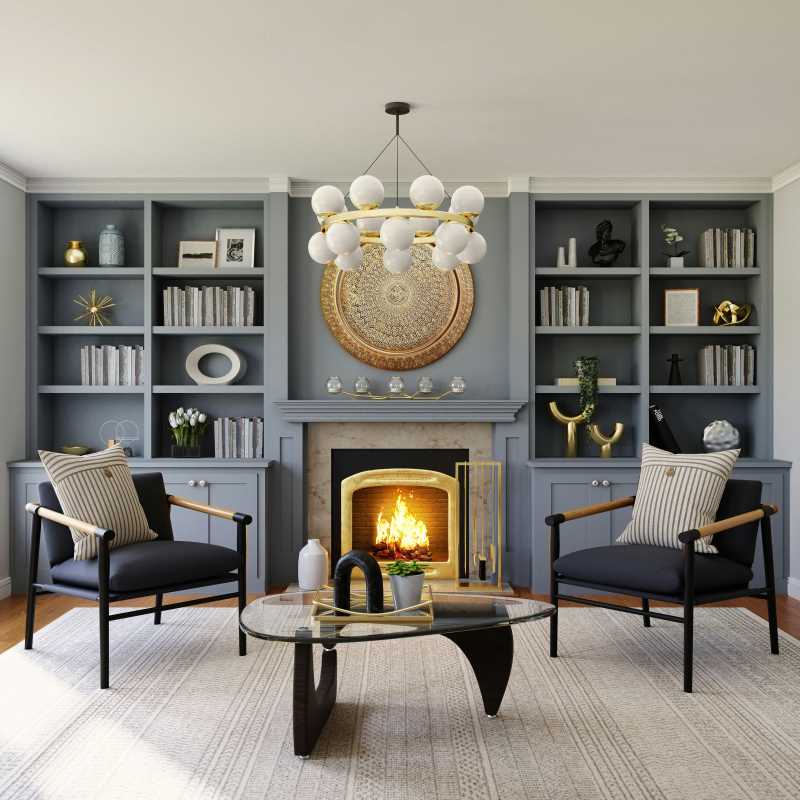 (Image via
(Image via